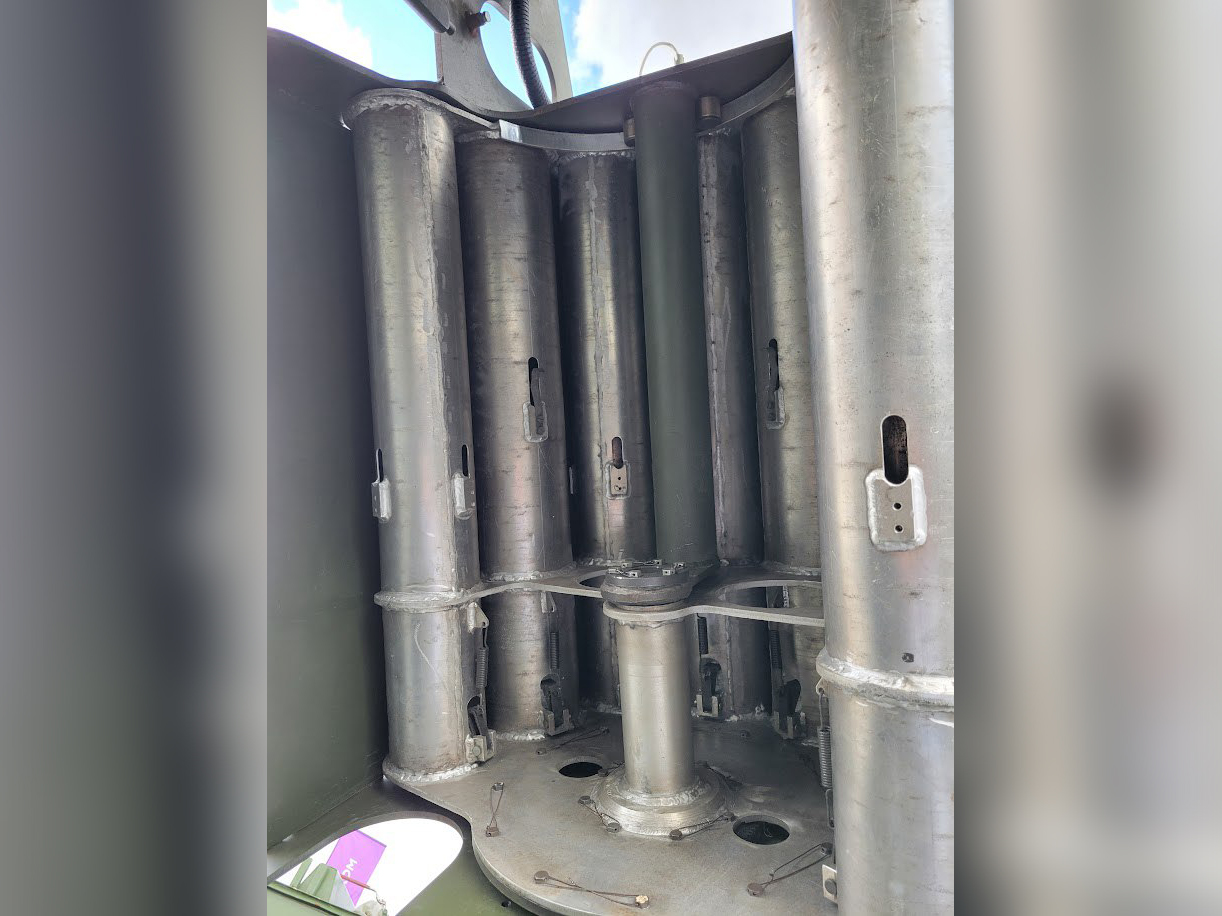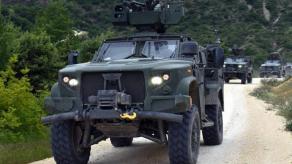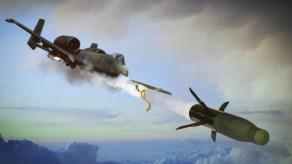Even before the Armiya-2024 military forum had opened to a select few visitors this year, several photos of a new russian development — a D-30 122mm howitzer mounted on an MTS-15 Klever chassis — leaked into the public domain.
At first glance, the concept looked interesting and promising. According to the initial descriptions, this artillery system would enable remotely controlled fire and automatic reloading with up to four shots prepared. Theoretically, this unmanned self-propelled gun would be a valuable asset in shoot-and-scoot tactics, as it can arrive at the firing spot, shoot a few rounds at the target, and retreat to the hiding position before the enemy reacts and fires back. All the while not exposing the personnel to any risk.
Read more: russians Demonstrate 122mm D-30 Towed Howitzer on MTS-15 Tracked Robotic Chassis

But once detailed photos of this unit appeared online, it turned out the whole automation bit makes no sense because the machine doesn't offer any ways to lay the gun remotely.
In other words, after this "unmanned" self-propelled gun has moved into position, the artillery team still has to approach the robotic gun and aim it at the target manually. Then, after a shot, they must come up to it again to adjust fire. All in all, personnel need to tag along with this artillery drone anyway, it's never been an autonomous unit.

We should also point out right away that the option to aim the howitzer in advance and then deploy it in a specific spot will not work. The resolution of mechanisms controlling this massive tracked chassis cannot ensure a positioning precise enough to accurately lay the gun on a target kilometers away. Not to mention more complex issues like leveling the artillery system or availability and operability of the recoil spades.
These factors basically nullify all the merits that an automatic reloader introduced to this artillery system, otherwise quite promising.

The picture would not be complete if we didn't mention the developers of this system. The list is literally written on the product. Although it might seem that this robo-SPG was a bottom-up initiative from russian artillerists in the field, in fact, there are some big names involved in this project: the Zavod No. 9, the home factory of D-30 guns; the Rostec state conglomerate and its subsidiary, the Techmash; the IMSN company from Chelyabinsk, which is responsible for the chassis of this robotic system and is related to the DST-Ural tractor plant. Among them, one logo is particularly noteworthy — the GRAU (i.e. the Main Missile and Artillery Directorate) of the russian Ministry of Defense, apparently acting as the main sponsor and supervisor of the project.
That is, the organizations involved in the creation of this product are all leaders of the industry and extremely authoritative in the russian Federation. Their collective effort led to the creation of this artillery system, which is currently (due to the lack of its own name) referred to as "the D-30 on the MTS-15 Klever." After all, it really it just a gun mounted on a tracked remote-controlled chassis, nothing more, nothing less.
Read more: Moscow Changes the Rules of Armiya Forum: Wunderwaffes Are No Longer For the Public














